Grade 10 : English Literature
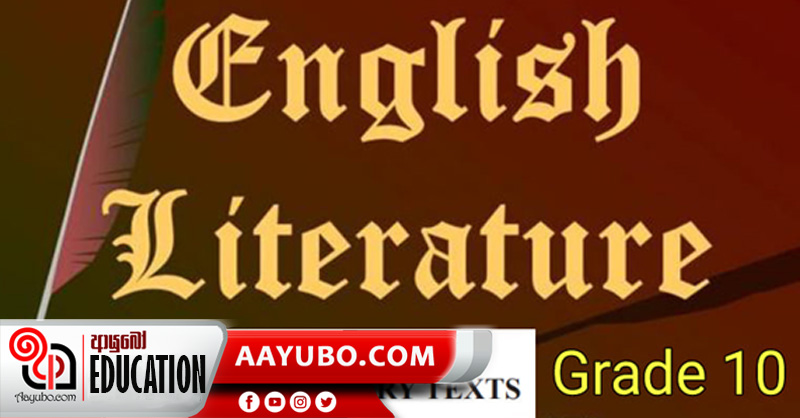
Dear Children, Today we bring you the meaning of literature and how a poet writes it. This is the beginning of your literature lesson. Which we will make it easy for you to understand.
What is Literature?
Literature means, a phase of Art, it can be a poem, a short story, prose, novel or a drama. Sometimes it may be oral or sometimes written. All these literary works show human feelings as well as their attitudes.
So why do we learn Literature?
Specially through literature, we can promote you the habit of reading and not only reading from it to be carefully read and get the meanings of it. Not only that it helps you to improve the language by learning literature, you will have pleasure as well as improving your attitudes. You are able to express your views clearly while learning literature.
When a poet writes a poem he uses so many literary techniques to make the poem more attractive to the reader. So what kind of techniques does a poet use? Let's see.
> Similes (as/like)
Similes are a figure of speech that interestingly compares two different things. The object of a simile is to spark an interesting connection in a reader's or listener's mind.
For example,
- He fought LIKE A LION.
- Srilanka is LIKE MY MOTHER land.
> Metaphor
Metaphor In simple English is, when you portray a person, place, thing, or an action as being something else, even though it is not actually that “something else,” you are speaking metaphorically.
For example,
- He was like a lion in the fight.
- Srilanka is my Mother.
> Personification
Personification is a figure of speech in which a thing, an idea or an animal, is given human attributes that treat inanimate things as animate things.
For example,
- The wind whispered through dry grass.
- The flowers danced in the gentle breeze.
> Alliterations
Repetition of the same vowel sound. ( assonance)
For example,
- She sells seashells by the sea-shore.
- Peter Piper picked a peck of pickled peppers.
> Exaggeration
An extravagant statement to highlight something
For example,
- I saw 10,000 daffodils
> Imagery
This is divided into two parts which are,
1. Visual imageries
- It is an imaginative picture of something
2. Auditory imageries
- It is an imaginative of sounds
> Onomatopoeia
Use words for the sound of things or animals.
For example,
- Roar Oink Tick tock Meow
> Figurative language
Use the language to express the feeling or idea beyond the meaning.
For example,
- Time is money. He has a heart of stone.
- You are my sunshine.
> Rhyming words
Words ending with the same sound ( Which can be found at the end of a line )
For example,
- Roses are red Violets are blue
- Sugar is sweet And I love you.
So dear children I hope you understand the above as for what literature means and the techniques used. From the next lesson, we will start our journey to all the poems as well as there descriptions, themes, analysis & summary
by Kaushalya De Silva
Photo source : Internet
3419 Views
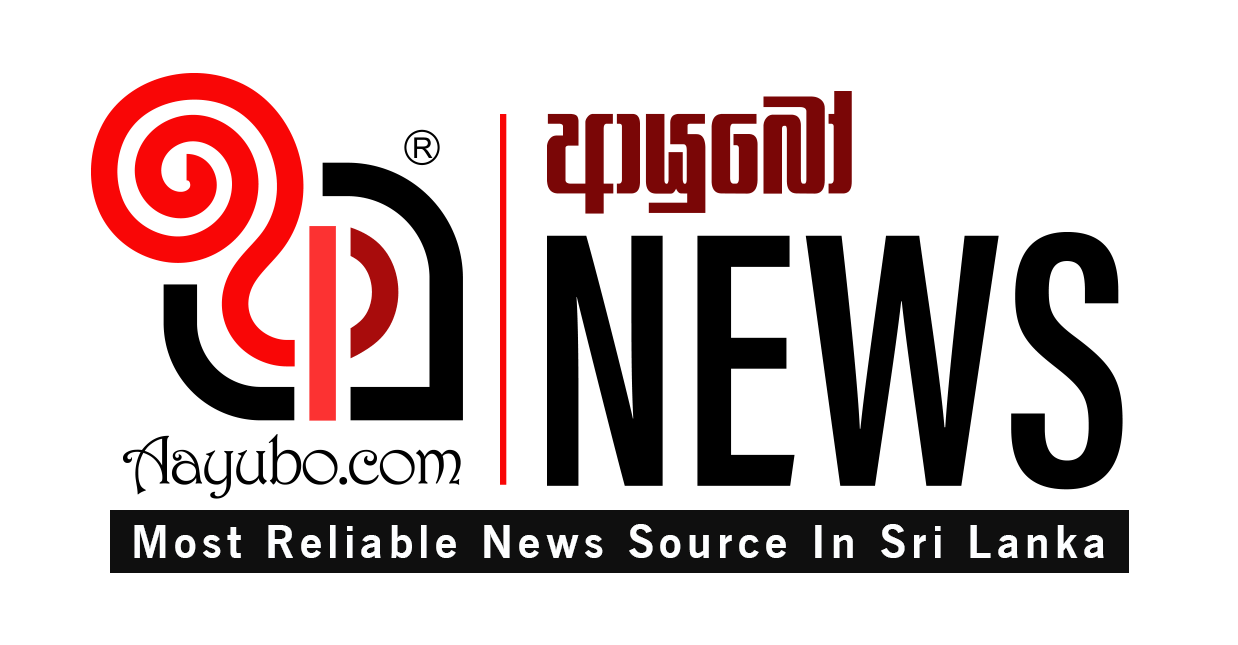

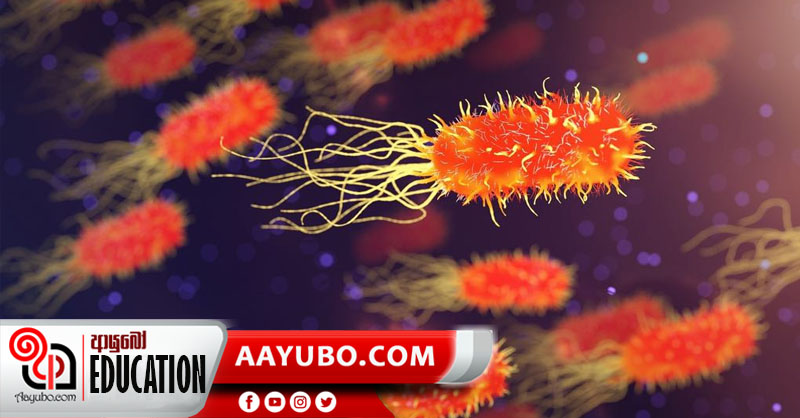
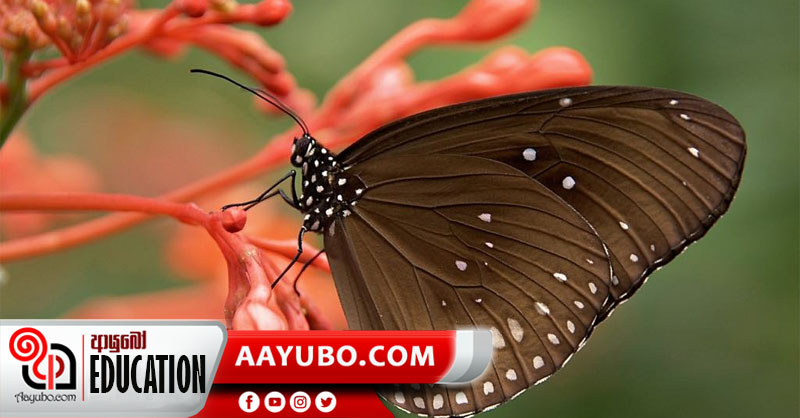
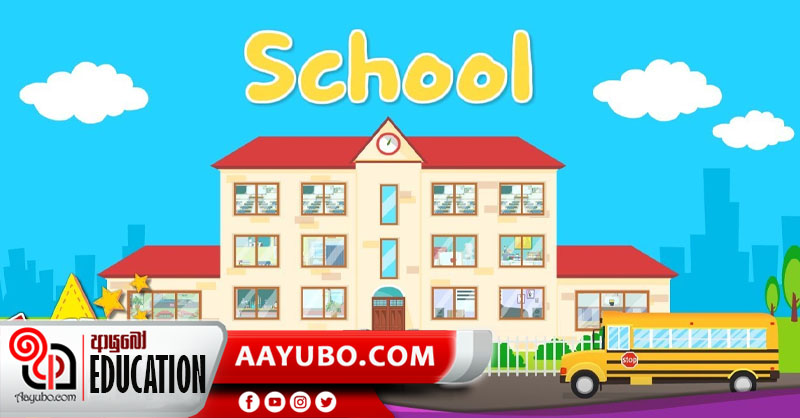
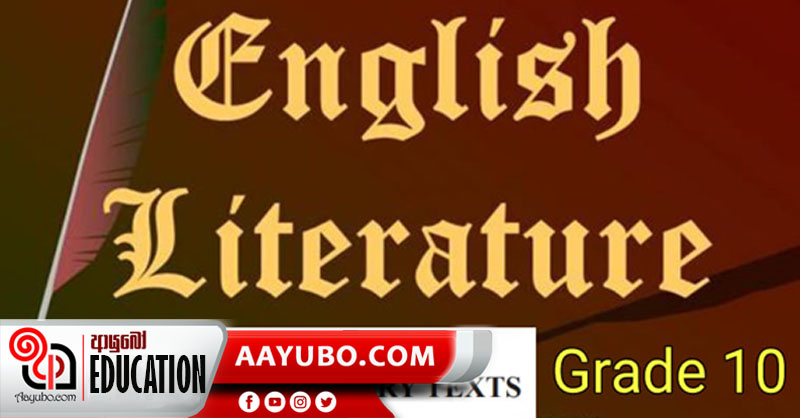
Comments